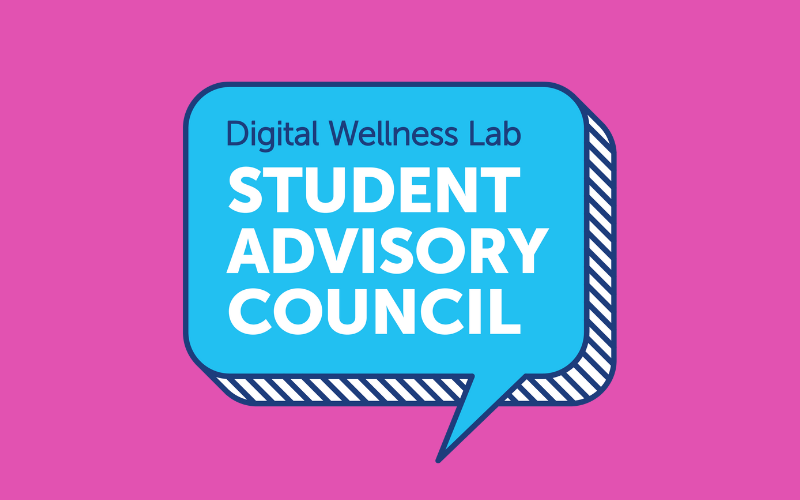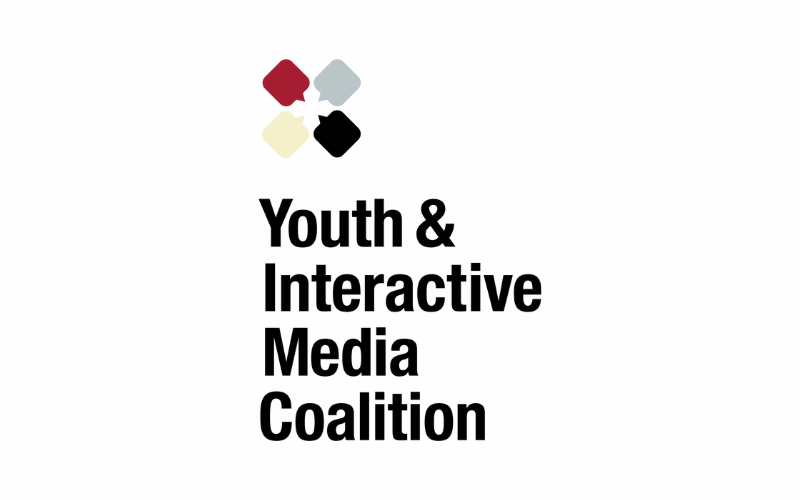The Digital Wellness Lab’s 2025 Amplify Youth Summit is covered by Lab alum Kristelle Lavallee.
Search press:
-
Teen Wellbeing On The Road: Learning and Building Together
Get the whole story at Discord.
-
TikTok boss insists teens’ safety not at risk from AI moderation
Executive Director Cori Stott of the Digital Wellness Lab explains how people use technology in the context of new tools to promote mindful usage.
Get the whole story at Sky News.
-
In Focus Weekend | What Happened to Daniel Naroditsky in the Online Chess Era?
Digital Wellness Lab Director Dr. Michael Rich explains how the pandemic forced people online and how online spaces can seem safer and better than they are.
Get the whole story at The Hindu on YouTube.
-
Workplace Wellbeing in This Digital Age: Mindful Guidance for Digital Fatigue and Burnout
Dr. Michael Rich, founder of the Digital Wellness Lab, touts the health benefits of time and relaxation in nature.
Get the whole story at mindful.org.
-
The Biggest AI Companies Met to Find a Better Path for Chatbot Companions
The Digital Wellness Lab takes part in targeted conversations with industry leaders about emerging uses for large language model AI.
Get the whole story at Wired.
-
Introducing a new way to unwind, reset, and recharge on TikTok
Input from the Digital Wellness Lab is cited as helping the development of new TikTok features promoting purposeful platform use.
Get the whole story at TikTok.
-
Report: More Parents Say Their Kids Under 2 Watch YouTube Than in 2020
Digital Wellness Lab Medical Librarian Kaitlin Tiches offers advice on mindfully making decisions about media for small children.
Get the whole story at The 74.
-
The Ultimate Parent ProTech Holiday Gift Guide: Safe Tech (and Non-Tech) for Families
The Digital Wellness Lab’s research-backed recommendations for parenting in a digital world are touted.
Get the whole story at Parent ProTech on YouTube.
-
McGee Center hosts Amplify Youth Summit
Unmuted, the Digital Wellness Lab’s inaugural event of the Amplify Youth Summit initiative, is covered in depth.
Get the whole story at Vanderbilt University.
-
Roblox Safety Update November 2025
Roblox involvement with the Inspired Internet Pledge and the Amplify Youth Summit is mentioned.
Get the whole story at GAM3S.GG.
We believe that by following the science, we can create an empathetic and respectful world in which our kids can grow up healthy, smart, and kind.

Subscribe to our email newsletter to receive Lab news & insights
©2025 Boston Children’s Hospital. All rights reserved. Terms of Use Privacy Policy







